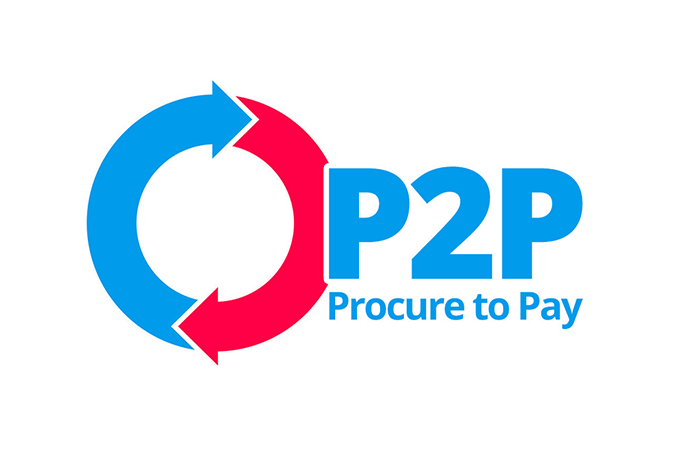By Matthew Albert

When we were kids, every problem of ours fit into one of two camps: easily fixable or apocalyptically impossible. If the problem could be fixed in less than 5 minutes, the day could continue. If it couldn’t, then cue the Celene Dion penny whistle music and check back with us next year. (And while we’re at it, I’LL never let go of thinking Rose is a horrible person who couldn’t just slide over three flippin’ feet.)
Most of the time, the fixes were actually pretty easy. You’d just go ask the nearest relative, they’d push two buttons, and to us it seemed like they were on the level with every MIT engineering grad. If we didn’t have an adult around, we did the obvious–we just hit the thing until it worked. We didn’t know why that helped, we just knew it helped.
Or maybe you suffered from the incessant blinking pink screen on your CRT TV? Again, no adult around? Do the obvious. Blow in the cartridge. Was that supposed to work? No. Did it? Pretty much every time.
(We know, we know. Blowing on the cartridge didn’t actually fix it. We know. Thanks. You must be fun at parties.)
So what does all of this have to do with P2P technological integration? More than you think. Let’s say you’ve made the wise choice in migrating your P2P operations to newer software. As the leader of that initiative, you have to know the software inside and out before you roll it out to your team. When something doesn’t work right, YOU are the relative that’s going to fix everything. You need to be able to explain why something works the way it does. It’s no longer enough to say, “Well, it worked. That’s fine.”
Picking the Right Program and Conducting the Training
Prior to purchasing software, meet with your team members and ask them what type of information they often need to have when doing P2P work. Use their responses and search for software that can get your team what they need in the most efficient manner. Don’t forget to include this feedback when deciding the P2P software that is the most cost-effective for the business.
Before you can see any measurable impact on performance, though, you absolutely must create an onboarding experience for your team. Find a way to make this onboarding occur in such a way that it doesn’t create more work for employees. This training ideally should happen on the clock. If it’s hard to schedule that, consider doing the training in multiple groups of team members and having the groups rotate through phases so that you’re not completely short-staffed. Be supportive as they learn from their mistakes early on in the process.
Measuring Success – Key Performance Indicators
With the program in place, it’s time to think about how to assess the success. Businesses often use certain benchmarks, aka key performance indicators (KPIs), to determine the success of a particular program. Data can be your best friend here if you pick good friends. Using the wrong data to measure your success can result in you making decisions that are not good for the company and your employees.
Here are some reliable KPIs that can help give you accurate measurements of how your P2P software initiative is going:
- Invoice to purchase order ratio
- Percentage of purchase orders that require no human intervention (in other words, the percentage of automatically-generated POs)
- Percentage of on-time payments
- Average cost per purchase order
- Average cost per invoice
- Average time to process an invoice (as in the specific type of the invoice)
- Average time to approve an invoice
- Rate of invoice exceptions (the invoices that require special attention because they don’t perfectly fit into the algorithms of your software)
Depending on which KPIs you use, you’ll want to see high numbers for some and low numbers for others. Also, don’t feel obliged to use all of the above KPIs. Limit your list to anywhere from 2-5, and you’ll still get a good sample size. As usual, some KPIs will be more appropriate than others for your business. The ones we’ve listed above, though, tend to be pretty useful across the board.
So, to recap: Consult with your team, figure out where you want to go, determine the software that gets you there, and then decide on how you’ll know that you’re reaching the goal.
For the final part in our series on P2P, we’ll take a look at more issues to consider from the AP perspective.





